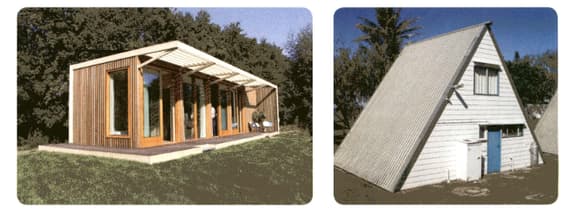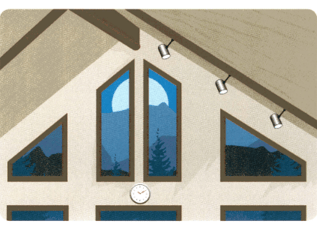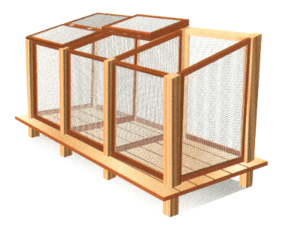David Weber, Talei Kunkel, Harriet Simand and, Justin Medved Solutions for Chapter: Perimeter, Area and Volume Environmental Impacts, Exercise 22: Unit review
David Weber Mathematics Solutions for Exercise - David Weber, Talei Kunkel, Harriet Simand and, Justin Medved Solutions for Chapter: Perimeter, Area and Volume Environmental Impacts, Exercise 22: Unit review
Attempt the practice questions on Chapter 7: Perimeter, Area and Volume Environmental Impacts, Exercise 22: Unit review with hints and solutions to strengthen your understanding. MYP Mathematics A concept-based approach 1 solutions are prepared by Experienced Embibe Experts.
Questions from David Weber, Talei Kunkel, Harriet Simand and, Justin Medved Solutions for Chapter: Perimeter, Area and Volume Environmental Impacts, Exercise 22: Unit review with Hints & Solutions
Tiny houses have become popular in the United State as a way of simplifying life, but also of being more ecologically friendly. With a living
space of less than , tiny houses use less materials to build , required less energy and can built on smaller amounts of land . The tiny houses below are two example of deigns from which customers can choose.

The house on the left has interior dimensions of . The triangular house has base dimensions of , maximum height of and slant height of .
Find the amount of space inside each house.
The two centre windows, have parallel measuring and , respectively . The bottom ( horizontal ) side measures . The area of each outer window is equal to that of each centre window. If the parallel sides of the outer windows measures and , what is the length of the bottom side.

The Saskatchewan glacier , in the Columbia ice fields of Alberta, Canada, can be approximated by a rectangular prism with a length of , a width of and a depth of . Find the area of the surface of the glacier that is exposed to air. ( This is everthing except the bottom surface).
The Saskatchewan glacier , in the Columbia ice fields of Alberta, Canada, can be approximated by a rectangular prism with a length of , a width of and a depth of . Find the volume of ice in the glacier.
The Saskatchewan glacier , in the Columbia ice fields of Alberta, Canada, can be approximated by a rectangular prism with a length of , a width of and a depth of . If the length , width and depth are all cut in half, how would the volume of ice compare to the current amount? State the percentage decrease that this would represent.
Each of these compost bins has a square base , measuring by . The front panel is high and the back panel is high.
Calculate the volume of compost the set of three compost bins could hold when filled to capacity.

Show that a rectangular prism with dimensions has a surface area that is numerically equal to its volume.
There are nine other rectangular prisms with whole number sides that have a surface area numerically equal to their volume, one of the cube . Find the dimensions of the cube and one of the other rectangular prisms.
